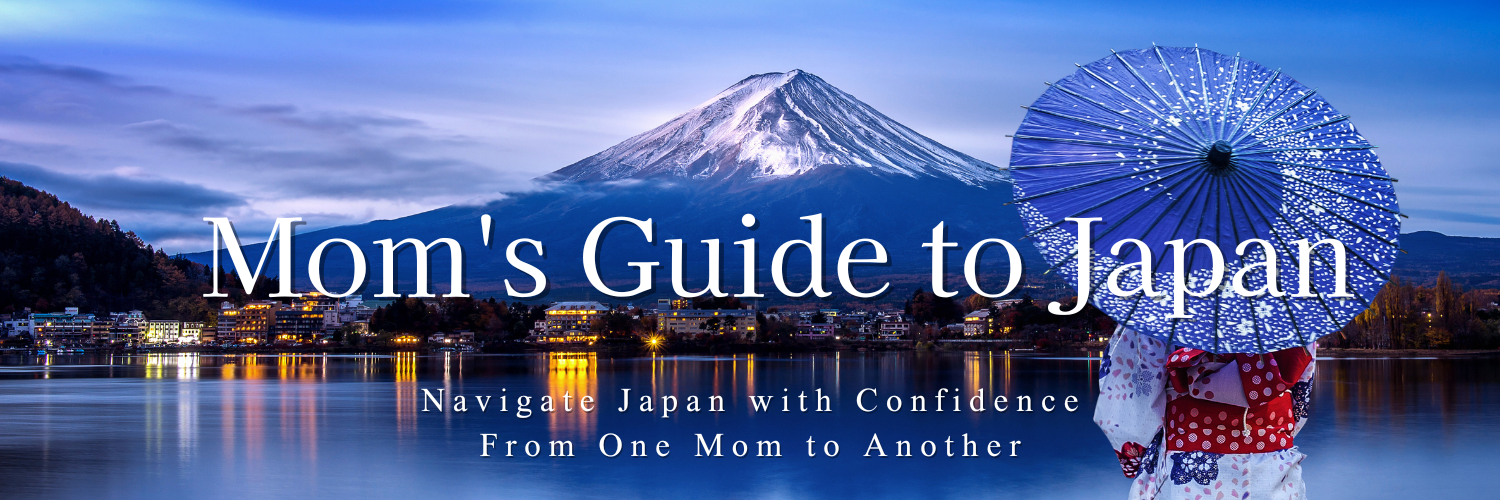Where History and Modernity Converge in Japan’s Dynamic Center

Kanto refers to a region consisting of Tokyo and six surrounding prefectures: Ibaraki, Tochigi, Gunma, Saitama, Chiba, and Kanagawa.
There are many tourist destinations near Tokyo, offering various attractions including nature, history, culture, and entertainment.
Tokyo
Tokyo fuses ultramodern innovation with deep historical layers.
Iconic landmarks range from traditional Sensoji Temple in Asakusa to the futuristic Tokyo Skytree and fashionable districts like Shibuya with its famous crossing.
The Imperial Palace grounds offer green tranquility amid the urban landscape.
The city boasts world-class museums, shopping, dining from Michelin-starred restaurants to humble ramen shops, and entertainment districts with distinctive subcultures.
Major attractions include Ueno Park, teamLab Borderless digital art museum, and the Tsukiji Outer Market.
Ibaraki
Ibaraki combines agricultural abundance with scenic coastlines.
Hitachi Seaside Park showcases spectacular seasonal flower displays, including nemophila “blue fields” in spring.
The dramatic Fukuroda Falls creates four distinct viewing experiences across the seasons.
The prefecture honors samurai heritage through historic sites like Mito’s Kodokan academy and maintains traditional pottery techniques.
Kashima Shrine and other spiritual sites connect to ancient Shinto practices, while the coast offers Pacific Ocean views and fresh seafood.
Tochigi
Tochigi balances UNESCO World Heritage sites with natural hot springs.
Nikko’s elaborate shrine and temple complex houses the mausoleum of Tokugawa Ieyasu amid ancient cedar forests.
The scenic lake district around Chuzenji offers hiking, waterfalls, and mountain scenery. Ashikaga Flower Park features spectacular wisteria trellises and illuminations.
The prefecture is known for Yuba (tofu skin) cuisine and strawberry production.
Historic onsen towns like Kinugawa and Nasu provide therapeutic mineral waters in traditional settings.
Gunma
Gunma centers around healing hot springs and mountain landscapes.
Kusatsu Onsen, with its distinctive yubatake water fields and public bathing rituals, ranks among Japan’s most famous hot spring destinations.
Ikaho Onsen features historic stone stairways lined with traditional ryokan.
Mount Haruna and other peaks offer hiking, skiing, and dramatic seasonal transformations.
The prefecture maintains silk-making traditions and hosts the unique Daruma doll festival celebrating good fortune.
Saitama
Saitama combines easy Tokyo access with preserved historical districts.
The Edo-period merchant town of Kawagoe, known as “Little Edo,” features distinctive clay-walled warehouses and traditional sweet shops.
The rural Chichibu region offers mountain temples, hiking trails, and a famous night festival with elaborate floats.
The prefecture houses major theme parks and museums within reach of Tokyo, plus traditional craft villages maintaining techniques for washi paper and woodworking.
Chiba
Chiba balances world-famous entertainment with natural coastal beauty.
Tokyo Disney Resort attracts visitors with its distinctive Japanese interpretation of Disney culture.
The Boso Peninsula preserves rural traditions, fishing villages, and dramatic Pacific coastlines with flowers blooming year-round in the mild climate.
The prefecture maintains historic temples like Naritasan Shinshoji near the international airport. Fresh seafood, peanut cultivation, and distinctive regional dishes characterize the local cuisine.
Kanagawa
Kanagawa offers historical significance alongside beautiful coastlines.
Kamakura, Japan’s medieval capital, houses dozens of temples and the iconic Great Buddha bronze statue.
Yokohama’s harbor district showcases Japan’s first opening to international trade through museums, Chinatown, and redeveloped waterfront areas.
The hot spring resort of Hakone provides views of Mount Fuji alongside volcanic experiences like black eggs cooked in natural sulfur springs.
The prefecture balances urban sophistication with coastal beauty along the Shonan beaches and Enoshima Island.
The appeal of tourism in Kanto
Kanto offers excellent transportation with Tokyo as a hub, making day trips to surrounding areas convenient.
The region features diverse attractions from urban experiences to natural landscapes, historical sites, and cultural institutions.
Visitors can enjoy distinctive local cuisines and seasonal events such as fireworks displays and festivals throughout the year.


